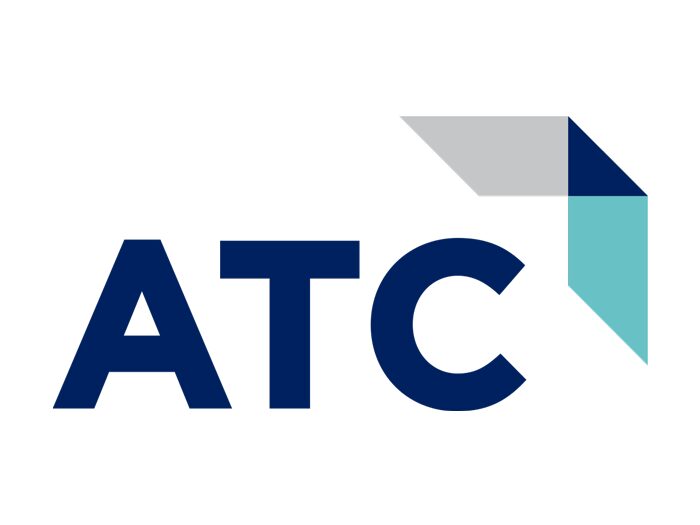
This article is written by ATC partner, CBTS. It initially appeared here. On three of the four trends listed, CBTS provides immediate action items in the form of “what you can do today.”
1. Ransomware incidents will continue to shift from opportunistic to targeted attacks.
Opportunistic attacks—those that aren’t focused on a specific individual or organization, but instead sent broadly to the public Internet—are certainly still going to happen, but we are seeing more and more ransomware incidents that are deliberate in nature, with a focused effort on a specific organization (say, the City of Baltimore or New Orleans). Attackers will build phishing and social engineering campaigns designed to exploit human weaknesses, as well as find exposed infrastructure with technical weaknesses and misconfiguration that will allow them a presence on the network. They will use this presence to install ransomware on key systems, attempting to impact the organization’s operations sufficiently to encourage payment.
2. Business e-mail compromise attacks will continue.
We also expect to see “business e-mail compromise” attacks continue, as attackers conduct similar focused campaigns to obtain access to trusted e-mail accounts, and use that access to trick employees into providing cash, gift cards, funds transfers, or financial information. It is by far the most common successful “cyber” attack we see in our customer environments, one that’s trivial for an attacker to perform with commoditized tools and methodologies, and susceptible users at nearly every business.
What you can do today:
Begin a comprehensive security awareness training effort, intended to teach users to spot and report these attacks. Inform every employee that their managers and leadership aren’t going to ask them to take pictures of gift cards and text them back, so those requests can be safely ignored! Review your security controls posture to ensure you have sufficient defense against these threats.
3. Improvements in attacker capability.
Attackers will focus research efforts on credential theft, bypass of so-called “next generation” endpoint protection solutions, and defeating multi-factor authentication. We can expect to see new standalone tools, shared code, and malware kits that leverage these advances.
What you can do today:
Ensure your risk management efforts include staying current with modern threats, including those that compromise the effectiveness of the controls you’ve deployed. Continue to monitor the threat landscape, the output from vendors that provide these solutions, and at least annually review your control set to ensure it aligns with the risks you’ve identified.
4. The California Consumer Privacy Act went into effect on January 1.
That means if you serve customers in California and (a) make $25M in revenue, (b) possess personal data for more than 50,000 individuals, or (c) sell personal data and make more than 50% of your revenue from that effort, you are subject to the law. You’re required to tell customers what data you’re collecting about them, provide this data to them when requested, and delete it when requested. The EU’s General Data Protection Regulation (GDPR) made this practice more common in 2018, but we anticipate a greater number of US businesses will be looking to add it in 2020.
What you can do today:
Read the CCPA to see if you’re subject to the law, and if so, get ready to field requests from customers or face penalties.










